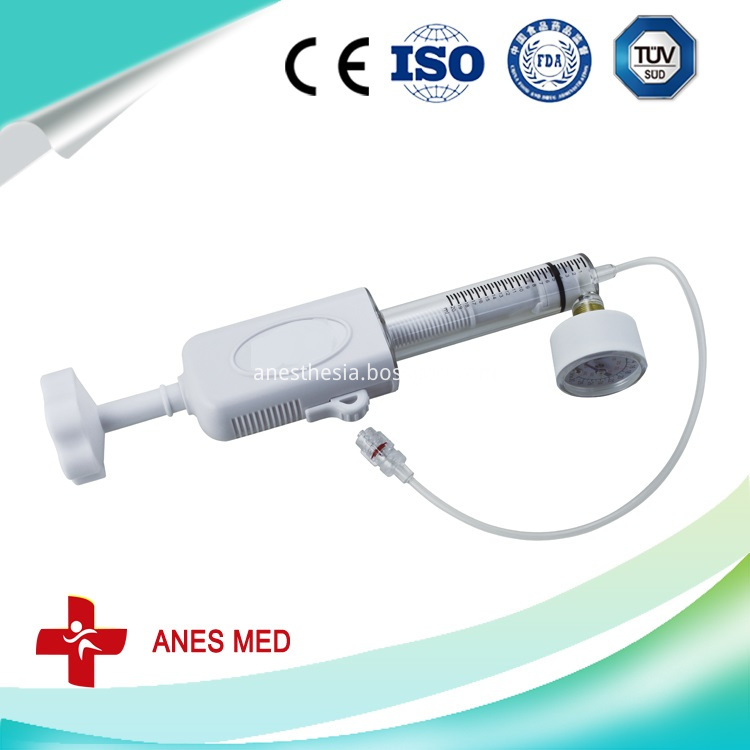Specifications
Disposable Interventional Accessories
Providing a channel for interventional devices and infusion
Extension tubing
Disposable Interventional Accessories
Features of Product
It is the accessory components of interventional treatment, mainly used for providing a channel for interventional devices and infusion. It consists of a manifold, a high pressure extension tubing and a Y-Hemostasis Valve Set.
l Manifold: Visible handle makes the flow control easy and accurate
l High Pressure Extension Tubing: High pressure transparent material ensures the need for large flow
l Y-Hemostasis Valve Set: It consists of a Y-valve, a guidewire torque device, and a metal guidewire introducer, effectively minimizing blood loss and providing a smooth channel for interventional device delivery. The easy push-pull mechanism allows the manipulator to open and close the valve with just one hand.
*Related Products:manifold kit,angiographic dose control syringes,spinal needle types,endotracheal tube,infusion pump,radiopaque guide wire.



Disposable Interventional Accessories
Disposable Interventional Accessories,Pressure Extension Tube,Radial Artery Tourniquet,Introducer Sheath Kits
Anesthesia Medical Co., Ltd. , http://www.sinoanesthesia.com